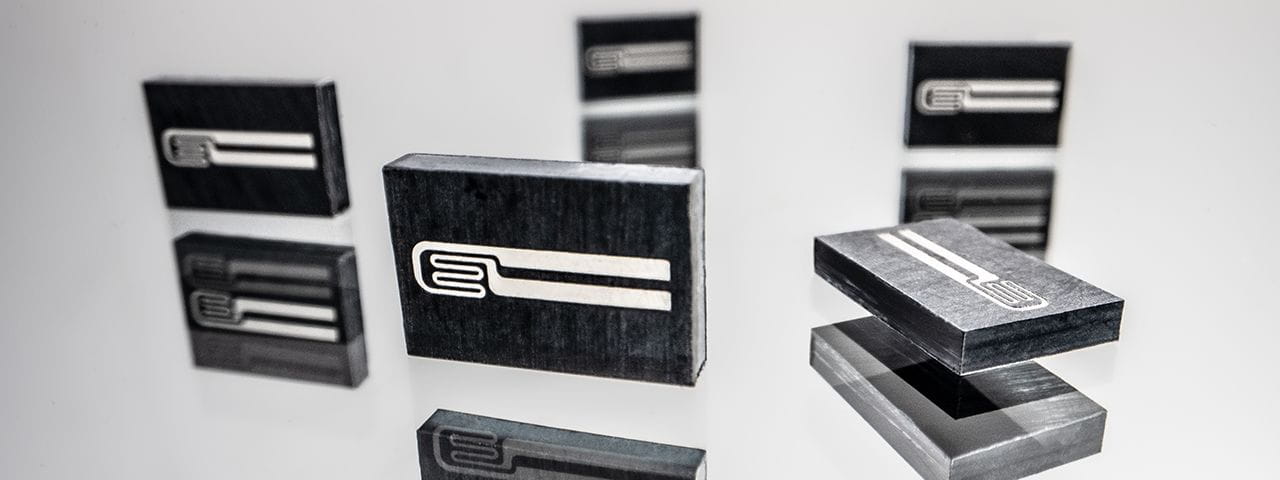Temperature sensors based on Ensinger Microsystems Technology
Temperature sensors are one of the most classic and well-known applications of microsystems technology. Modern household electronics such as refrigerators, dishwashers and ovens, as well as high-tech applications in medical technology and aerospace, would be inconceivable without temperature sensors.
In the field of temperature sensors, the choice of the substrate on which they are built has also been a matter of course. Thin-film resistive temperature sensors, also known as Pt-elements (e.g. PT1000), are currently commonly mounted on ceramic substrates such as alumina. Alumina ceramics are electrically insulating, stable at high temperatures, chemically resistant to solvents and therefore offer good conditions for the construction of resistive temperature sensor elements using lithography and the PVD process.
Limitations of the technology: complex process chains and costly process steps
Rethinking temperature sensors: Ensinger Microsystems Technology
Material-specific advantages
Functionalisation
TECACOMP PEEK LDS can be functionalised by PVD, PECVD and other thin-film processes, is highly temperature stable and chemically inert.
Individualisation
With the help of EMST, the temperature sensors can also be produced cost-effectively in various sizes and quantities without lithography, opening up new perspectives for the individualisation of classic sensor elements.
Product portfolio
The substrate material is also available from Ensinger as a film substrate in thicknesses of 100 µm, 200 µm and 500 µm and, in addition to the manufacture of thin injection moulded substrates, represents a further alternative for the construction of conventional temperature sensors.
Integration
Regardless of the substrate chosen, TECAWAFER PEEK LDS black, TECAWAFER, PEEK LDS grey, TECAWAFER PEEK LDS MT grey or the highly integratable solution using Ensinger Microsystems Technology, TECACOMP PEEK LDS is the innovative solution for the construction of temperature sensors and, in addition to its advantageous material properties, offers the possibility of laser direct structuring for contacting and innovative integration of the sensor element at the target location.
The EMST Substrate portfolio
Ready to rethink temperature sensor production?
Get personalised advice and discover our individual temperature sensor solutions.
